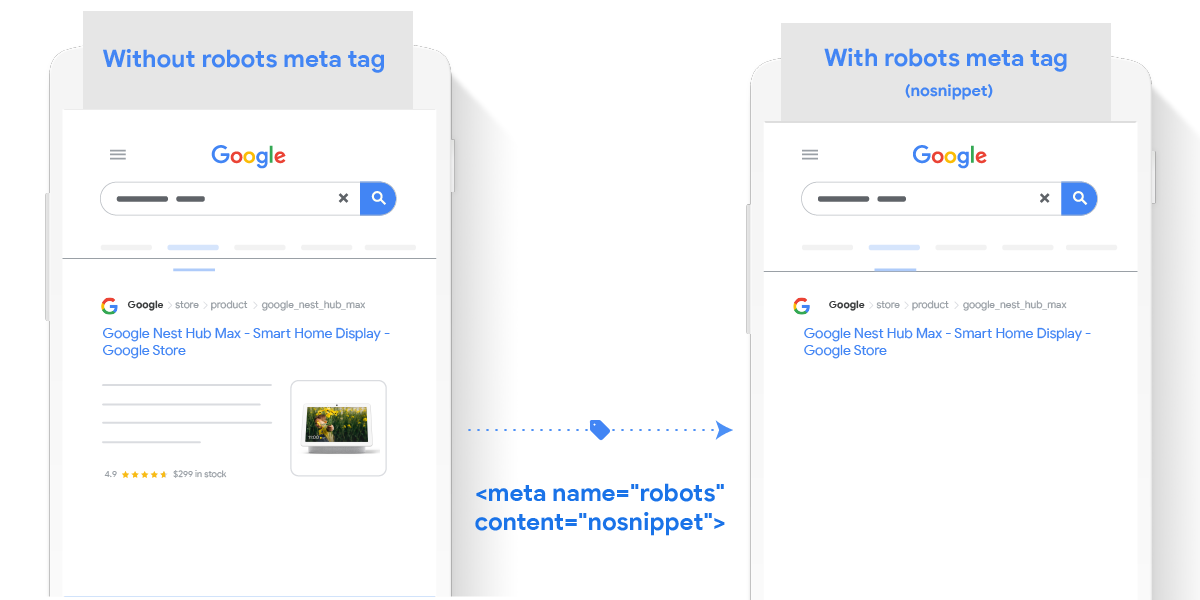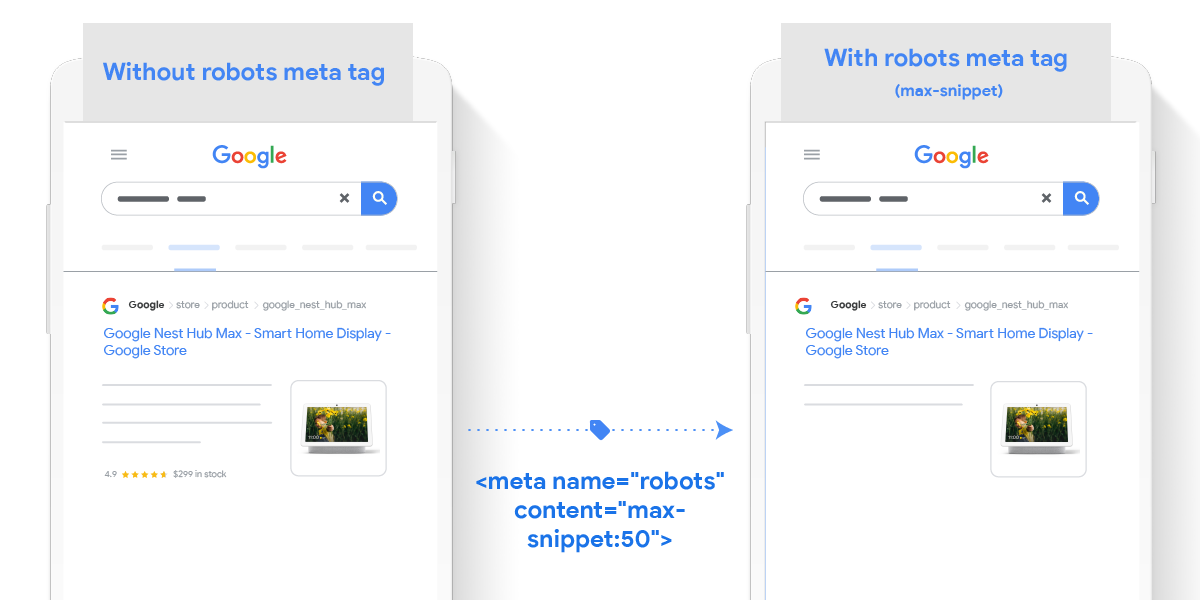More control options on products for Google Shopping sellers
Google is investing more and more attention to the shopping theme, and after the various novelties announced over these months – from popular products, new way for buyers to find clothes, shoes and other retail products in Search, to a free Google Shopping, with the sales sheets in the product knowledge panels – now new options are coming available to retailers to check how to display product information in the SERP.
Free visibility to products
These new types of experiences in Google Search, together with the global availability of multimedia results for products, “allow retailers to make information about their products freely visible to millions of Google users,” writes Bernhard Schindlholzer, Product Manager of the company, in an official blog post.
How to appear among Google Shopping experiences
The best way for retailers and brands to become part of this experience is to “write down product information on their websites using the markup schema.org or by sending this information directly to Google Merchant Center“.
But there’s more, the article explains: Google may also include content that has not been submitted voluntarily with the two methods described, if after scanning them it considers them related to retail sales, “to ensure that users see a wide variety of products from a wide group of retailers when they search for information on Google“.
More control to resellers on product info
For the search engine, this approach benefits “positively the retail ecosystem”, but “some retailers may prefer to control the way product information appears in this experience”.
And so, Google has worked to provide some customization tools – basically, the already existing mechanisms for Google Search – that are used precisely to manage and control the information shown in the search results pages.
How to manage preview snippet preferences
There are many ways in which retailers can control what data is displayed in the Search, and in particular the article recalls the innovations made last year to the rules on Google snippets, that allow you to manage preferences on page information shown in preview on Google, through a series of meta tag robots and an HTML attribute. Now these options are available to retailers around the world and will work in the same way for the results shown globally.
- nosnippet
This meta tag specifies that no snippets can be shown for the page in search results. It completely removes text, image and rich snippet for the page on Google and removes the page from any free ad experience.
- max-snippet: [number]
This meta tag allows you to specify a maximum length, in characters, of a snippet for the page to be displayed in Google results. If the structured data (for example product name, description, price, availability) is greater than the maximum length of the snippet, the page will be removed from any free ad experience.
- max-image-preview: [setting]
This metatag allows you to specify a maximum image preview size to be shown for the page images, using “none”, “standard” or “large”.
- data-nosnippet
This HTML attribute allows you to specify a section of the web page that should not be included in a snippet preview on Google. When applied to attributes relevant to the offers (price, availability, ratings, image) removes the text, image and rich snippet for the page on Google and removes the tab from any free ad experience.
Further indications on these preferences
Schindlholzer also adds some additional notes on these preferences, which first of all do not apply to the information provided by the markup schema.org on the page itself. To activate and make valid the settings on preview snippets, then, you must first remove the marking.
Similarly, these opt-out preferences do not apply to product data sent via Google Merchant Center, a tool that offers specific mechanisms to disable the display of products on Google surfaces (for example, Google Shopping tab, Search, Google Images, Maps and Google Lens).
In addition, the Googler recalls that the use of mechanisms such as nosnippet and data-nosnippet only affects the display of data and the suitability for certain experiences and such display restrictions, therefore, do not affect the positioning of the related pages in the search. However, the exclusion of certain parts of the product data from the display may prevent the product from being displayed in multimedia results and other product results on Google.
New options in the product feed
Always on the subject of the management and customization of the information provided to Google, something is also changing in the product feed to be uploaded to Google Merchant Center.
As noted by Ginny Marvin on Searchengineland, in fact, in the Shopping ads more and more attributes appear from the product feeds of retailers, both for branded queries that for those sledged by the brand pertinent to specific verticals.
The use of product IDs allows Google to understand what we sell, so as to improve the performance of ads and tabs not paid, “adding valuable details on the product and ensuring a more relevant publication for users”.
This means that it is even more important to precisely enter as many attributes as possible for products, because they ensure that “ads are displayed for relevant queries and when users click on available search filters” (and we do not know what other attributes Google will decide to show).
How to optimize product specification for Google
The article recommends optimising product feeds for Google attributes (here the complete list of available specifications), paying particular attention to those relevant to the product types sold.
For those who work and intend to stick to the clothing cathegory, for example, it may be useful to indicate attributes such as material, pattern (pattern or design printed on the product), gender (gender), age_group (demographic group to which the product is intended), color, size, size type, size system (size system to which the product refers). In addition, it is important to use the attribute item_group_id [id_group] – applicable to clothing, shoes, electronics, furniture, makeup and food – to group the product variants in the feed, so that “when someone looks at your product in Shopping, they will see the product with its variations (colors, patterns, etc.)”.








